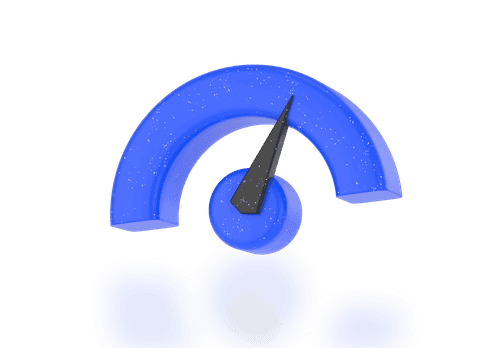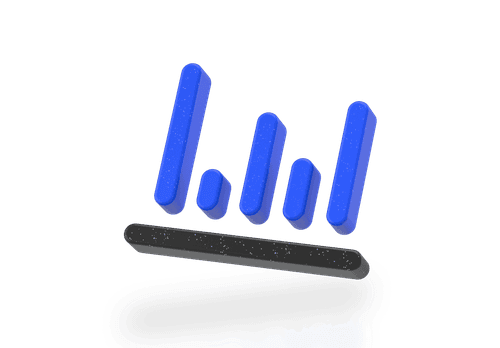Advanced
Using Indicators to Boost Your Trading Strategy

One powerful tool in a trader's arsenal is the use of indicators. Indicators are mathematical calculations based on historical price, volume, or other market data, used to analyze market trends, identify potential entry and exit points, and gauge market sentiment. Incorporating indicators into your trading strategy can provide valuable insights and help you make more informed trading decisions.
What Are Indicators?
Indicators are essentially data points derived from market activity, which traders use to interpret market behavior and forecast future price movements. They can be classified into various categories, including trend-following indicators, momentum indicators, volatility indicators, and volume-based indicators. Each type of indicator serves a specific purpose and provides unique insights into market dynamics.
Why Use Indicators?
Indicators offer traders a systematic approach to analyzing market data and identifying trading opportunities. By applying indicators to historical price charts, traders can spot patterns, trends, and potential reversals, helping them anticipate market movements and adjust their trading strategies accordingly. Additionally, indicators can help traders filter out noise from the market, allowing them to focus on relevant price action and make more disciplined trading decisions.
How to Use Indicators Effectively
To use indicators effectively, traders must first understand the underlying principles behind each indicator and how it correlates with market behavior. This involves studying the mathematical calculations, parameters, and interpretation guidelines associated with each indicator. Additionally, traders should consider the time frame and market conditions in which they are using the indicator, as different indicators may perform better under certain conditions.
Incorporating Indicators Into Your Trading Strategy
Integrating indicators into your trading strategy involves selecting the most relevant indicators for your trading style and timeframe and incorporating them into your analysis process. This may involve combining multiple indicators to confirm signals or using indicators in conjunction with other forms of analysis, such as price action or fundamental analysis. It's essential to backtest your trading strategy using historical data to ensure its effectiveness before implementing it in live trading.
Popular Indicators Used by Traders
Each of these popular indicators provides traders with valuable insights into market dynamics, facilitating informed decision-making and enhanced trading strategies. However, it's crucial for traders to understand the nuances of each indicator and employ them judiciously in conjunction with other analytical tools and risk management techniques.
Moving Averages
Moving averages are widely used by traders to smooth out price fluctuations and identify trends. They calculate the average price of a security over a specified period, such as 50 days or 200 days. Traders often use moving averages to determine the direction of the trend and potential support and resistance levels.
Relative Strength Index (RSI)
The Relative Strength Index (RSI) is a momentum oscillator that measures the speed and change of price movements. It oscillates between 0 and 100 and is typically used to identify overbought or oversold conditions in the market. Traders often look for divergence between the RSI and price action to anticipate potential trend reversals.
Stochastic Oscillator
The Stochastic Oscillator is another momentum indicator used to identify overbought or oversold conditions in the market. It compares the current closing price to the range of prices over a specified period. Traders look for signals when the indicator crosses above or below certain thresholds, such as 80 for overbought and 20 for oversold.
Bollinger Bands
Bollinger Bands consist of a middle band, typically a simple moving average, and two outer bands that are two standard deviations away from the middle band. These bands expand and contract based on market volatility. Traders often use Bollinger Bands to identify potential breakout or reversal points when the price moves outside the bands.
MACD (Moving Average Convergence Divergence)
The Moving Average Convergence Divergence (MACD) is a trend-following momentum indicator that shows the relationship between two moving averages of a security's price. It consists of a MACD line (the difference between two exponential moving averages) and a signal line (a moving average of the MACD line). Traders look for bullish or bearish crossovers between these lines to generate buy or sell signals.
Other Indicators
In addition to the widely recognized indicators such as Moving Averages, MACD, RSI, Bollinger Bands, and Stochastic Oscillator, traders often incorporate a variety of other technical analysis tools into their trading strategies. These tools include Fibonacci Retracement, which helps identify potential support and resistance levels based on key Fibonacci ratios.
Furthermore, traders may utilize the Ichimoku Cloud, a comprehensive indicator that provides insights into support and resistance levels, trend direction, and momentum. Volume indicators, momentum indicators, and trend indicators offer further avenues for analysis, helping traders gauge market sentiment and direction. Oscillator trading strategies, trading signal identification techniques, and market timing strategies are also commonly employed to refine entry and exit points.
Additionally, traders often experiment with combinations of different indicators to validate signals and enhance the robustness of their trading strategies.
Conclusion
Whether it's identifying trends, gauging market momentum, or anticipating potential reversals, these indicators offer invaluable insights to traders worldwide.
Moreover, with the trading platform nomo, traders have the advantage of accessing and utilizing all these indicators seamlessly. nomo provides a user-friendly interface equipped with a comprehensive suite of technical analysis tools, including moving averages, RSI, stochastic oscillator, Bollinger Bands, and MACD. By leveraging these indicators within the nomo platform, traders can conduct thorough market analysis, refine their trading strategies, and make informed decisions in real-time.











